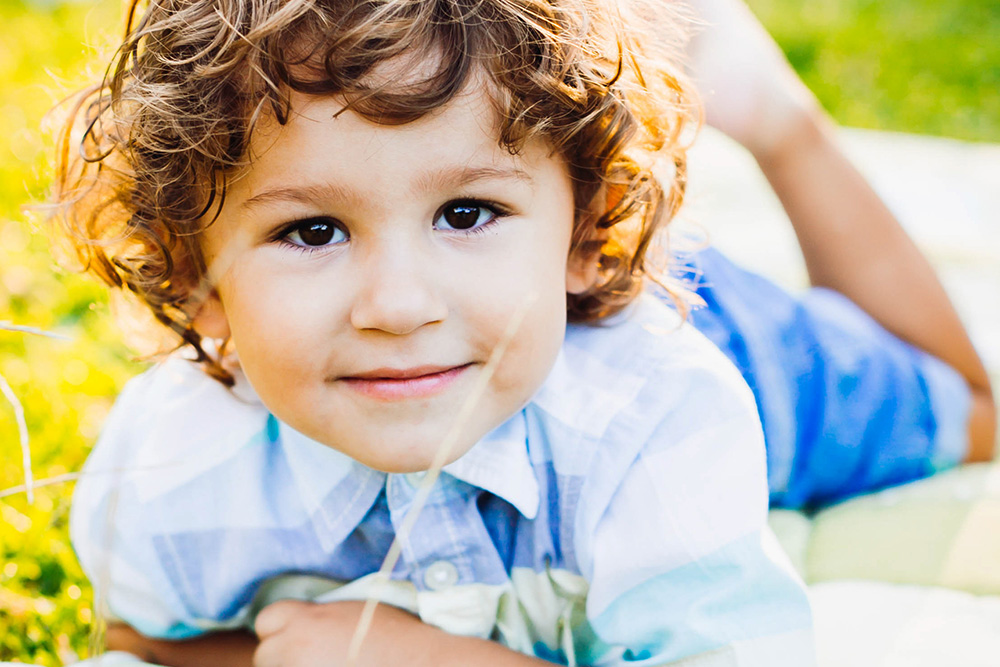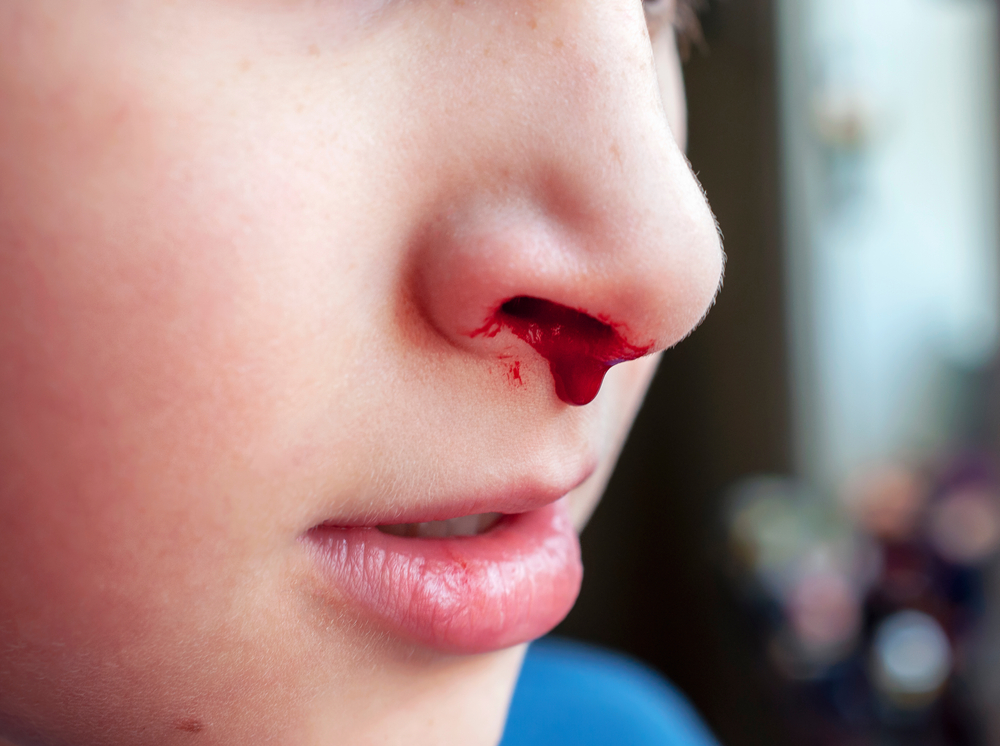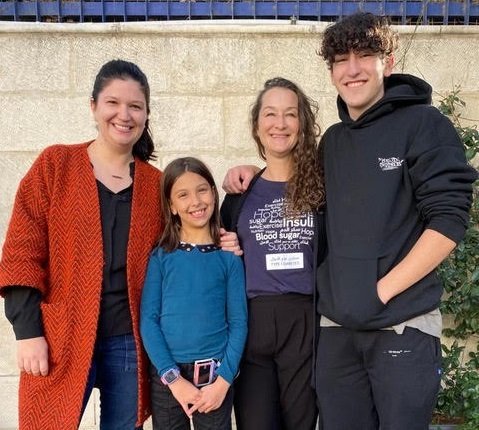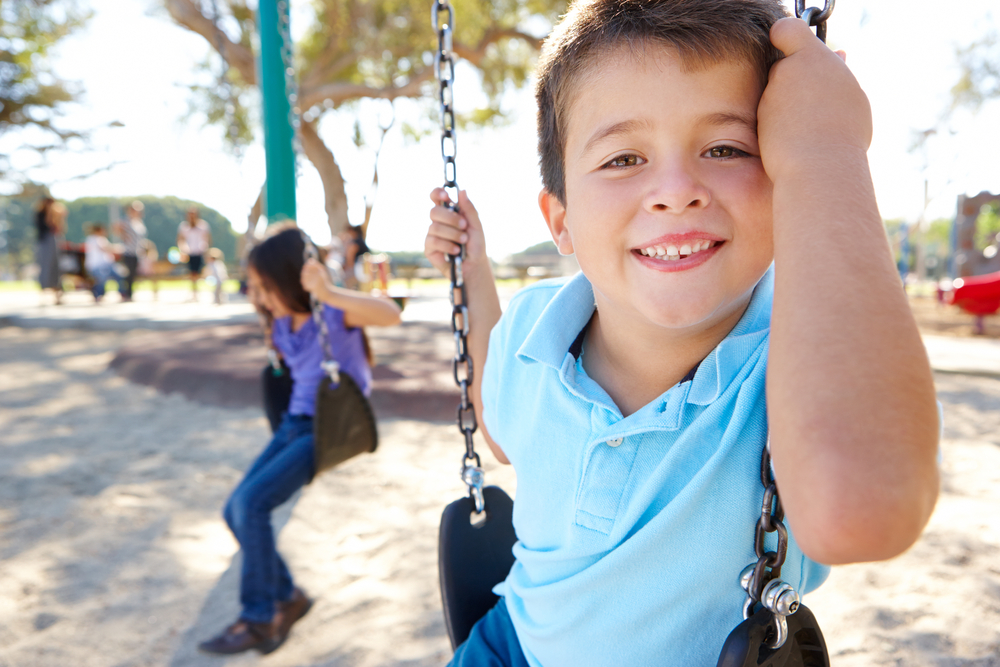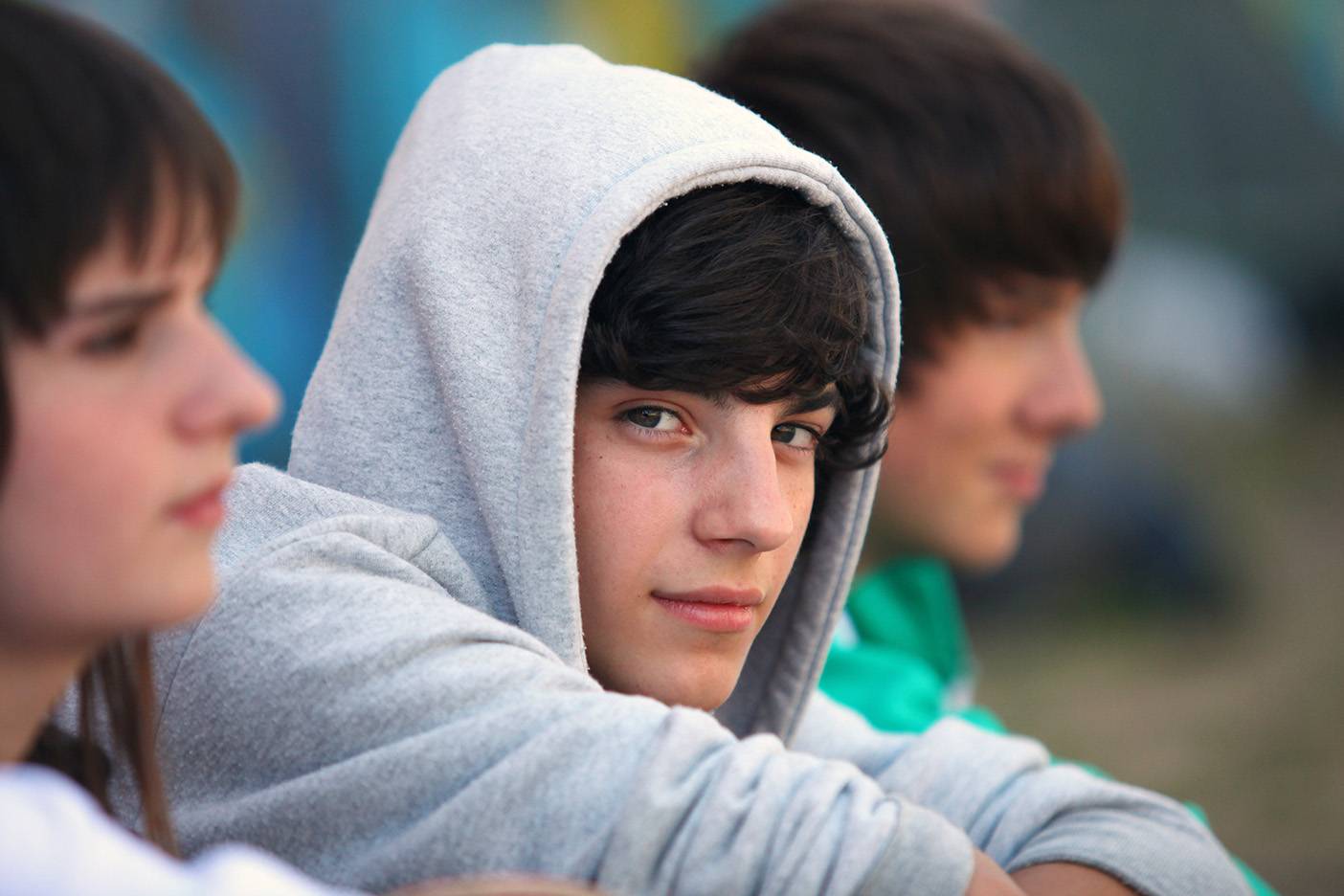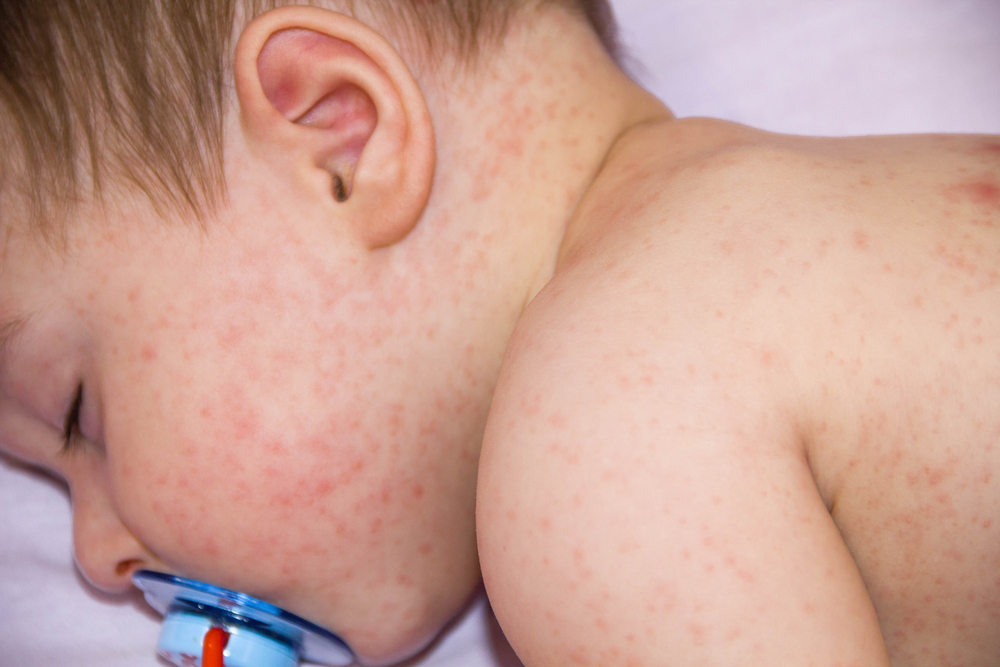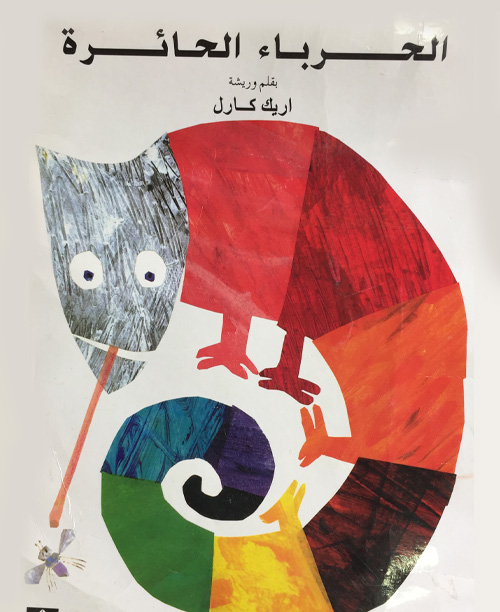Children's Health
Beirut Explosion: Children's Response to Disasters
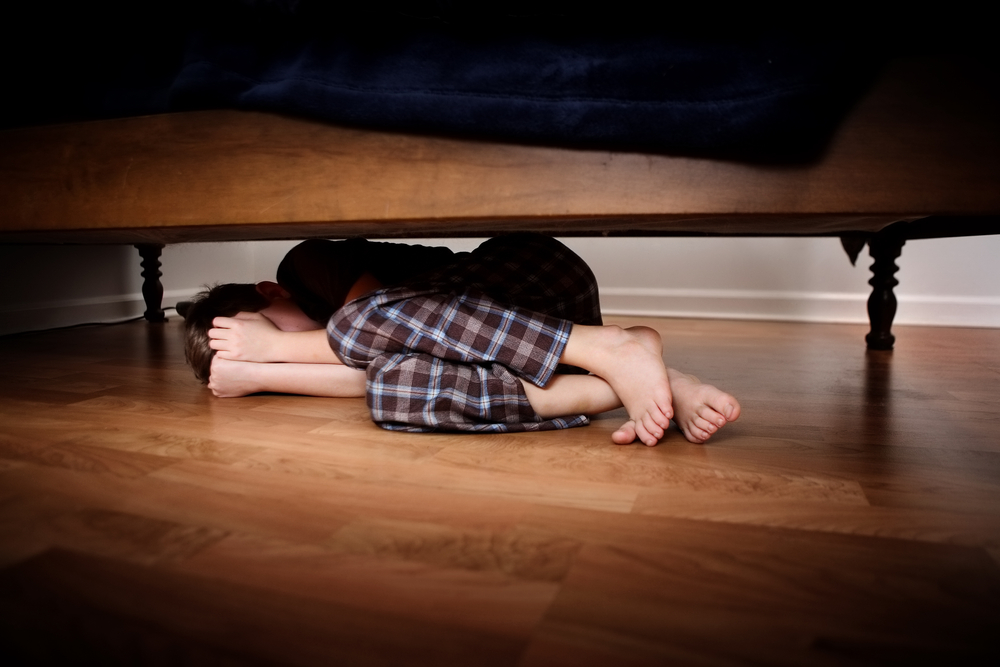
While the rest of the world watched from afar the catastrophic explosion that took place in Beirut last week, we wanted to take a closer look at the reactions of one of the most vulnerable groups in Lebanese society who witnessed the fatal explosion firsthand: children under the age of six.
The blast’s effect has been catastrophic, leading to the displacement of dozens of families from their homes and communities.
While older children can easily convey their feelings following a traumatic event or experience, less is known about young children’s response to community trauma, seeing as the developmental vulnerability of infants, toddlers and preschoolers, coupled with their limited verbal and cognitive capacities, presents a significant barrier.
Therefore, findings of studies of incidents similar to the Beirut explosion will be used in this article to shed light on this young group’s typical reactions during and after such a disaster, as described by their parents.
Children’s reactions as the day unfolds
Depending on their age and personal traits, young children will express themselves differently during a crisis.
On the day of the explosion, a child’s emotional and behavioral reaction can drastically vary from one child to another.
In such instances, some parents would have been expected to make “in-the-moment decisions” about evacuating their homes, keeping their children safe, or trying to reach their children who weren’t physically present with them.
Children will react in different ways depending on which of the above situations they were faced with.
Calm and cooperative responses
Some children can be unexpectedly calm and cooperative during a crisis; they would sit still and watch buildings burn or collapse around them.
Others might incorporate what they are witnessing or what they are asked to do as if it were playtime.
For example, one four-year-old child reacted as though they were participating in a fun game where they had to hide under a table. After all, play is the world that children live in at that age.
Another example is of a five-year-old who reacted to the debris and rocks by saying something along the lines of: “look mummy, it’s snowing,” or “birds are flying from buildings,” which was their own way of interpreting and making sense of what they were seeing.
In other instances, some toddlers, who were normally distressed by strangers, became very calm and cooperative when a stranger carried them to safety.
Even though such behaviors might come as helpful for parents in order to speed up the evacuation process, they can also be described as “withdrawn behaviors” that lead us to wonder if those children were in fact in shock.
Difficult responses
On the other hand, some children will portray reactions that are more typical of their age, such as screaming, refusal to comply with requests, more frequent tantrums and not being able to walk or move in order to evacuate their home.
Fear Responses
During a crisis, some children will react to the chaos around them, others to the separation from parents and caregivers, while others will react in fear of adults’ reactions that they may have never been exposed to before, such as seeing them panic and scream.
For this age group, the fear of separation from parents is heightened.
A three-year-old might freak out at the idea of not seeing their mother for a few seconds during evacuation, or yell and scream for their dad a few days following the incident, even if he is in the room next door.
In contrast to outbursts as reactions to fear, some kids might become withdrawn and completely shut down.
They might stop talking even if asked to speak, and some two-year-olds might sleep for long hours regardless of the chaos around them.
Sleep and regulatory changes
Change in sleep and eating patterns, irritability and arousal are all PTSD symptoms in young children.
Infants and toddlers have been observed to have experienced severe difficulty in sleeping, as it entails temporary separation from their parents, while others would sleep for very long hours at unusual times; this can be explained as a coping mechanism.
Meanwhile, other children might have intense tantrums, increased irritability and movement that parents are unable to control.
These behaviors suggest that those children are taking in the traumatic events and processing them according to their own age.
Children’s Reactions over time
Sadness and loss
Feeling sadness and loss, especially over the loss of their personal belongings, is a common feeling that toddlers and preschoolers will experience after a traumatic event.
Feelings of grief over the loss of their daily routine and safe spaces, such as their beds, strollers, parks, blankets and even buildings that they used to pass by on a daily basis, will also come about.
Young children thrive on consistency and routine, and once that is gone, their sense of safety is gone with it. Therefore, it’s normal for young children to feel this way even months after an incident.
Separation Issues
Separation issues will continue to be evident even months after a crisis.
For example, preschool-aged children might express those feelings by saying things like “don’t leave me,” or “wait for me,” even if their mom is walking a mere few steps ahead of them.
Other younger toddlers might find it difficult to say goodbye to children they had just met minutes before at a playdate.
New Fears
A few weeks or months after a traumatic incident, young children will develop new fears.
Those fears will be in response to sounds or scenes they’ve witnessed at the location of the incident, such as becoming fearful of the sound of sirens, fearing buildings collapsing, fearing the sound of glass breaking and a general intense fear of loud noises, particularly sudden ones, to generalized fears such as sleeping in the dark or being alone in their room.
Some fears might be child-specific and solely based on their own experience during the disaster. For example, one three-year-old developed a fear of a TV show they were watching when the Beirut explosion happened.
There is an urgent need for adults, parents, caregivers, nurses and school teachers to be aware of all the reactions addressed in this article in order to provide young children with the right type of care and help them process and overcome a traumatic experience.






